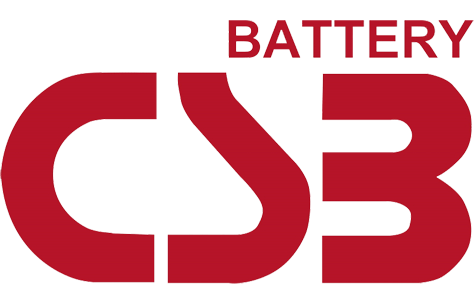Edge Computing: A Revolutionary Force in the Technological Sphere
Over the past few decades, technology has advanced. One of its most promising advancements is Edge Computing. Edge Computing is a computing model that distributes computation and data storage closer to where needed. This reduces delay and enhances performance. This technology has gained significant attention and is among the top 10 emerging technologies.
This blog discusses Edge Computing, its relationship with IoT, and the critical role of uninterruptible power supplies (UPS) in Edge Computing.
What is Edge Computing?
Edge Computing is a computing model that allows the processing and storage of data closer to the location where it is required. This includes end-user devices, local servers, or gateways. The idea is to bring computation closer to the data source, which can reduce latency, improve performance, and enhance user satisfaction. Edge computing is becoming significant in the Internet of Things (IoT), where the number of connected devices is growing.
Edge computing can help overcome traditional cloud computing limitations, where data is processed in remote data centres. Cloud computing requires significant capacity to transfer data to and from the cloud, which results in latency issues. Cloud computing may also not be viable for applications requiring real-time processing, such as autonomous vehicles, industrial automation, or remote surgery.
Why Edge Computing is Important in IoT
IoT is a network of connected devices that communicate with each other and exchange data. These devices include sensors, smartphones, wearables, vehicles, and appliances. IoT has revolutionised many industries, from healthcare and manufacturing to transportation and agriculture. As more devices become connected, the amount of data produced becomes larger. This data needs to be processed and stored.
In the world of IoT, Edge Computing is essential because it allows for data to be processed and stored locally. This can reduce the amount of data transferred to the cloud. This can reduce latency and improve IoT applications' performance. Edge Computing can also help overcome network capacity, security, and privacy challenges, which are critical in IoT.

Applications of Edge Computing
Edge Computing has a wide range of applications across various industries, including:
- Healthcare: Edge Computing can enable remote patient monitoring, real-time medical data analysis, and predictive medical equipment maintenance.
- Manufacturing: Edge Computing can help improve manufacturing efficiency, reduce downtime, and enhance quality control.
- Transportation: Edge Computing can enable autonomous vehicles, real-time traffic management, and predictive vehicle maintenance.
- Agriculture: Edge Computing can enable precision farming, real-time crop monitoring, and predictive equipment maintenance.
UPS's Role in Edge Computing
A critical component of Edge Computing is a reliable power supply. Edge Computing devices, such as servers, gateways, and IoT sensors, require uninterrupted power supplies to ensure continuous operation. Power outages, voltage fluctuations, and other power-related issues can cause data loss, equipment damage, and downtime, which costs businesses.
Uninterruptible power supplies (UPS) are essential in providing uninterrupted power supply. UPS devices provide backup power in case of a power outage or voltage fluctuation. UPS devices include a battery and an inverter. This converts DC power from the battery into AC power for Edge Computing devices.
UPS devices are essential for Edge Computing because they prevent data loss, ensure continuous operation, and protect equipment from damage. Additionally, UPS devices can provide surge protection, protecting Edge Computing devices from power surges caused by lightning strikes or other power-related issues.
Choosing the Right UPS for Edge Computing
Correctly choosing a UPS device for Edge Computing requires careful consideration of various factors. These factors include the power requirements of Edge Computing devices, runtime during a power outage and the environment in which the UPS device will be installed.
The power requirements of Edge Computing devices can vary significantly, depending on the type of device and the processing load. It is essential to choose a UPS device that can provide sufficient power to the devices while also ensuring a safe shutdown during a power outage.
The runtime required during a power outage depends on the criticality of Edge Computing devices. For example, a UPS device installed in a hospital may require a longer runtime than a UPS device installed in a retail store.
The environment in which the UPS device will be installed is also crucial. For example, a UPS device installed in an outdoor environment may require a rugged design and protection against extreme temperatures, moisture, and dust.
In conclusion, Edge Computing is a technological game-changer, and it has the potential to revolutionise industries. Edge Computing enables local processing and data storage, reducing latency and improving performance. However, a reliable power supply is critical for Edge Computing, with uninterruptible power supplies (UPS) ensuring uninterrupted operation.
Choosing a UPS device for Edge Computing requires careful consideration of various factors. These factors include the power requirements of Edge Computing devices, including runtime during a power outage and the environment in which the UPS device will be installed.
Edge Computing and UPS devices are crucial components of the modern technological landscape. They will continue to play a critical role in shaping various industries' future.
If you're facing difficulties with Edge Computing and need dependable UPS systems to ensure an uninterrupted power supply to your critical systems, rely on Secure Power for expert advice and solutions.














